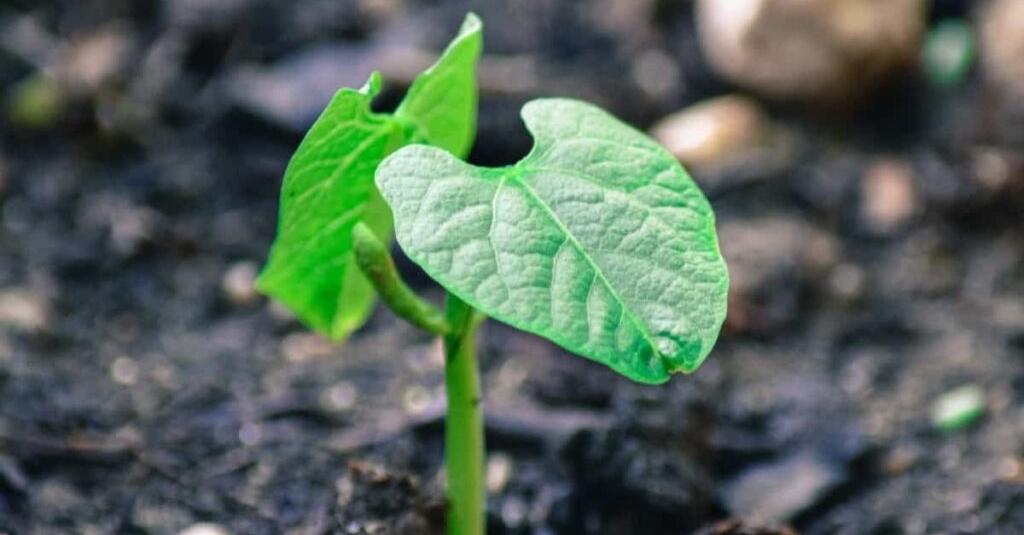Achieving optimal plant growth and development is vital in agriculture and horticulture. Plant growth regulators (PGRs) such as primo maxx have emerged as essential products for manipulating plant growth processes and improving yields.
When selecting a PGR product, it is crucial to understand the key ingredients. This article looks into the essential components to look for in a plant growth regulator and examines their roles and benefits.
Understanding Plant Growth Regulators (PGRs)
Plant growth regulators are compounds that influence various aspects of plant growth and development. They control processes like cell division, elongation, flowering, and fruiting. PGRs are invaluable products for achieving desired plant characteristics and optimizing crop production.
The Key Ingredients to Look for in a PGR
Auxins
Auxins are PGRs that are pivotal in stimulating cell elongation and promoting apical dominance (the inhibition of lateral bud growth). Indole-3-acetic acid (IAA) is a naturally occurring auxin. PGRs containing auxins can encourage root development, prevent premature fruit drop, and aid tissue culture propagation.
Cytokinins
Cytokinins are essential for cell division and differentiation. These PGRs promote lateral bud growth and delay aging. In a PGR formulation, Cytokinins can enhance shoot development, increase chlorophyll production, and mitigate stress effects.
Gibberellins
Gibberellins regulate stem elongation, flowering, and seed germination. They are vital ingredients in promoting internode elongation and breaking seed dormancy. PGRs containing gibberellins can lead to taller plants, larger leaves, and elongated stems.
Abscisic Acid (ABA)
ABA is a crucial ingredient in stress responses and drought tolerance. PGRs incorporating ABA can help plants withstand water scarcity, regulate stomatal closure, and control seed dormancy.
Ethylene
Ethylene is responsible for fruit ripening, senescence (aging), and abscission (leaf and fruit drop). PGRs containing ethylene can control the timing of fruit ripening and prevent premature senescence.
Brassinosteroids
Brassinosteroids contribute to cell elongation, vascular differentiation, and stress tolerance. PGRs with Brassinosteroids can stimulate root growth, increase yield, and enhance resistance to pests and diseases.
Jasmonates
Jasmonates are associated with plant defense responses, wound healing, and root growth. PGRs with Jasmonates can activate defense mechanisms, enhance resilience against herbivores, and regulate growth under stress conditions.
Factors to Consider When Selecting a PGR
Plant Species and Growth Stage
Different plant species and growth stages have varying responses to PGRs. Choose a PGR tailored to the specific needs of your plants.
Application Method and Desired Effects
PGRs such as primo maxx can be applied through foliar sprays, but you can find other PGRs applied through root drenches or soil applications. Ensure that the chosen PGR suits your preferred application method. Clearly define your goals, whether it’s promoting flowering, enhancing root growth, or managing fruit ripening. Select a PGR formulation that aligns with your objectives.
Environmental Conditions and Regulatory Approval
Consider the environmental conditions in which your plants are grown. Some PGRs are more effective under specific conditions, such as high temperatures or humidity. Also, ensure the selected PGR is approved for use in your region and adheres to regulatory guidelines.
Summary
Plant growth regulators such as primo maxx have a remarkable influence on plant growth and development. When looking for a PGR product, ingredients such as auxins, Cytokinins, gibberellins, ABA, ethylene, Brassinosteroids, and Jasmonates – are vital to unlocking specific desired effects.






